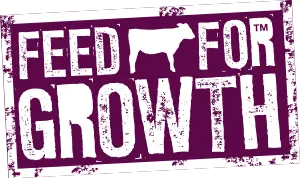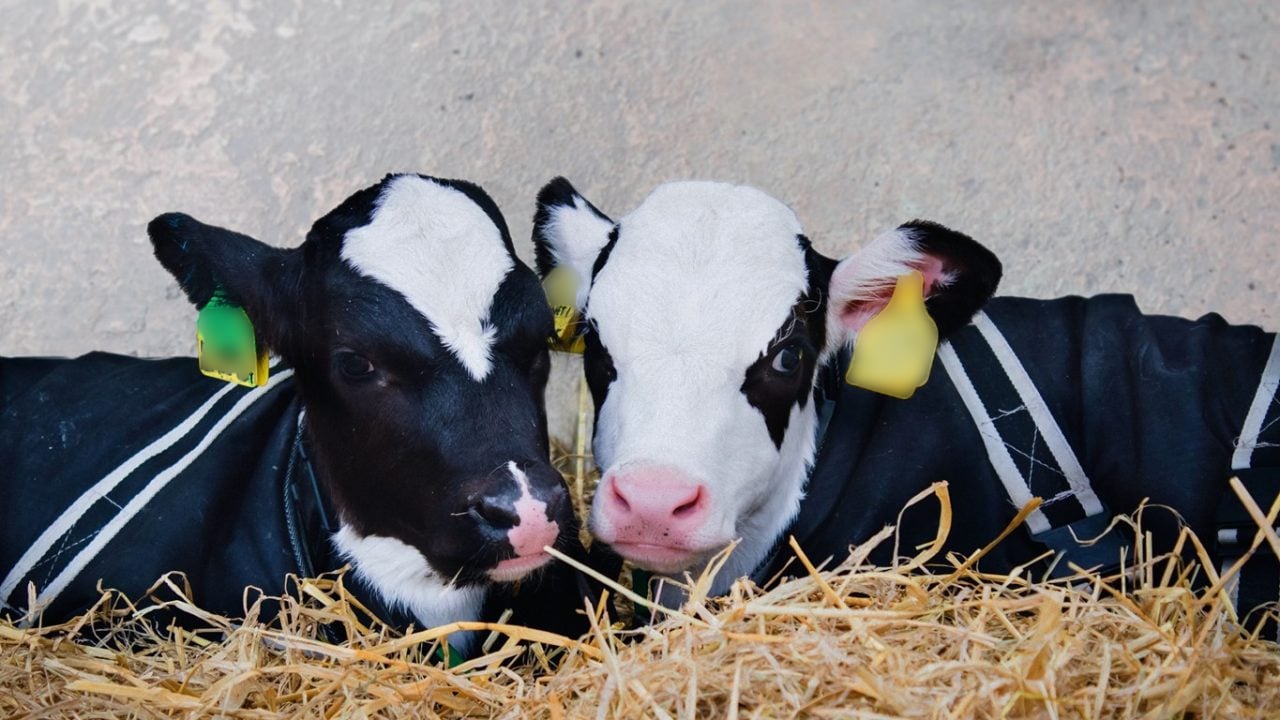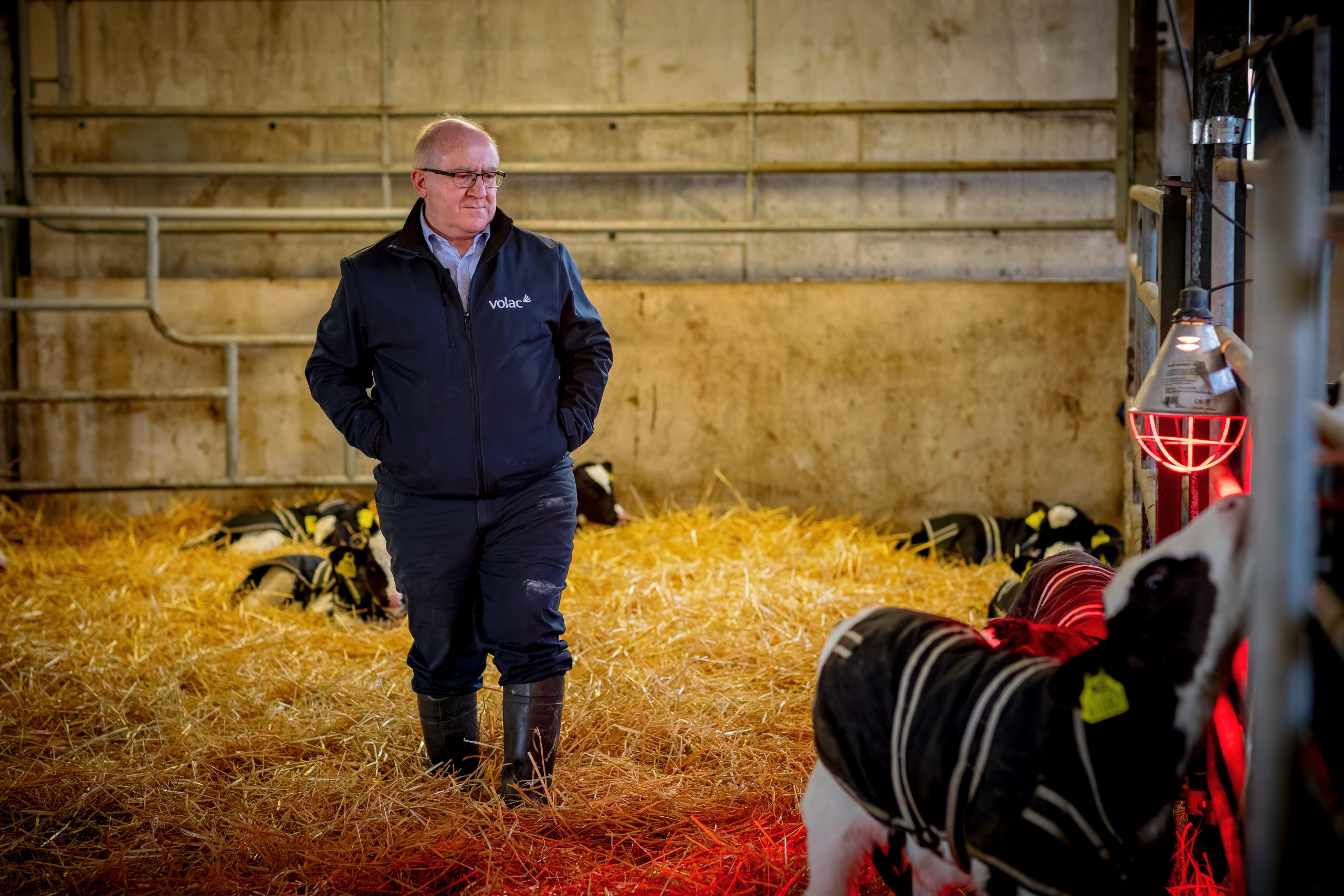Calf Rearing Series 2025

How do you ensure healthy calf rearing practices over the winter months, particularly when the temperature drops?
Increasing the amount of milk you are feeding your newborn calves during cold weather should be a fundamental part of the answer.
Liam Gannon from Volac Milk Replacers Ltd. explained that during periods of cold weather, pre-weaned calves require more energy to keep warm – so less energy is available for growth and their immune system.
He said that a cold calf must divert milk energy away from growth towards keeping warm and possibly even to fight off a disease challenge.
It is therefore important to feed enough milk during the winter months.
“Young calves [less than three-weeks-of-age] are very susceptible to the cold. They are on highly digestible feed and are not yet ruminating [so less heat is generated by digestion]," Liam said.
"In addition, high moisture levels in their rearing environment and increased air speed [draughts] will dramatically increase their susceptibility to cold stress.
"Indeed, draughts of only 5mi/h can make calves feel 8-10°C colder.
“In fact, temperatures only need drop to 10-15°C for a young calf to require more feed to maintain their body temperature, grow and remain healthy," he added.
By four weeks-of-age calves are more robust and will not feel the cold until temperatures drop below 6-10°C.
“But for a calf less than three weeks old, you need to step up the level of milk solids by 100g per day for every 10°C drop in temperature below 20°C," Gannon added.
"E.g., if the outside temperature is 10°C, feed an extra 100g of milk powder per day. This can be achieved by either increasing the volume fed, or by increasing the mixing rate.”
Feeding enough milk to the pre-weaned calf early in life is vital.
Correct milk feeding levels improve calf growth and health, as well as programming the rapidly growing pre-weaned young dairy animal for better performance when it enters the milking herd.
Liam added that when calf accommodation is less than ideal, you should always make sure calves are always kept as warm and dry as possible for optimum growth and health.
“If calves are in a damp environment, they can easily inhale all sorts of undesirable pathogens that hang around in water vapour, so keep your pens dry and clean out regularly, using lime, if necessary, to soak up moisture," he explained.
"I’m also keen on calf jackets and heat lamps when the weather is cold. We are quick to reach for our coats when the temperature drops outside, so do the same for your calves in winter.”
However, Liam stressed that calf jackets must be made of breathable material, be water resistant or waterproof, be machine washable, and have adjustable straps and fasteners for low maintenance.
“Always monitor jackets for cleanliness and replace soiled or wet jackets with a clean, dry one. Jackets must be washed at 40-50°C with detergent and dried thoroughly between each use.” he explained.
As the days shorten during the autumn, Liam always advises calf rearers to have a practical plan in place for when cold stress is likely to happen over the winter months.
“When the ambient temperature drops below 15°C, you are then fully prepared and can swing into action,” he advised.
To ensure optimum calf rearing during cold weather, follow these five tips:
- Increase milk feeding rates during periods when cold stress is likely. This can be achieved by either increasing the volume fed, or by increasing the mixing rate;
- Provide effective barriers to draughts at calf level;
- Provide calves with places to shelter. Plastic and timber are better insulating materials than concrete and steel;
- Damp bedding extracts energy from the calf to help keep it warm. Consequently, promote good drainage of moisture in calf housing and provide calves with plenty of fresh bedding to keep them dry and allow them to ‘nest’ in the straw;
- Provide calf jackets and install an external heat source close to calves.
On wider health issues, Liam advises that calf rearers should consult their veterinary practitioner.
“Your vet will be able to advise on a variety of disease prevention measures, including improving hygiene and colostrum feeding protocols," he said.
“Whatever you do, calving areas should always be kept clean with staff looking after calves always paying scrupulous attention to sound hygiene practices.
“Ideally, clean individual calving pens after each birth and any loose housing in the calving area regularly.
"If allowing sucking of the dam, consider preparing the udder first by removing any dirt and bacteria that may have built up on teats over the dry period.
“Always maintain a clean environment for young calves. This means cleaning and disinfecting pens between batches of calves and, ideally, preventing contact between animals of different ages.”

